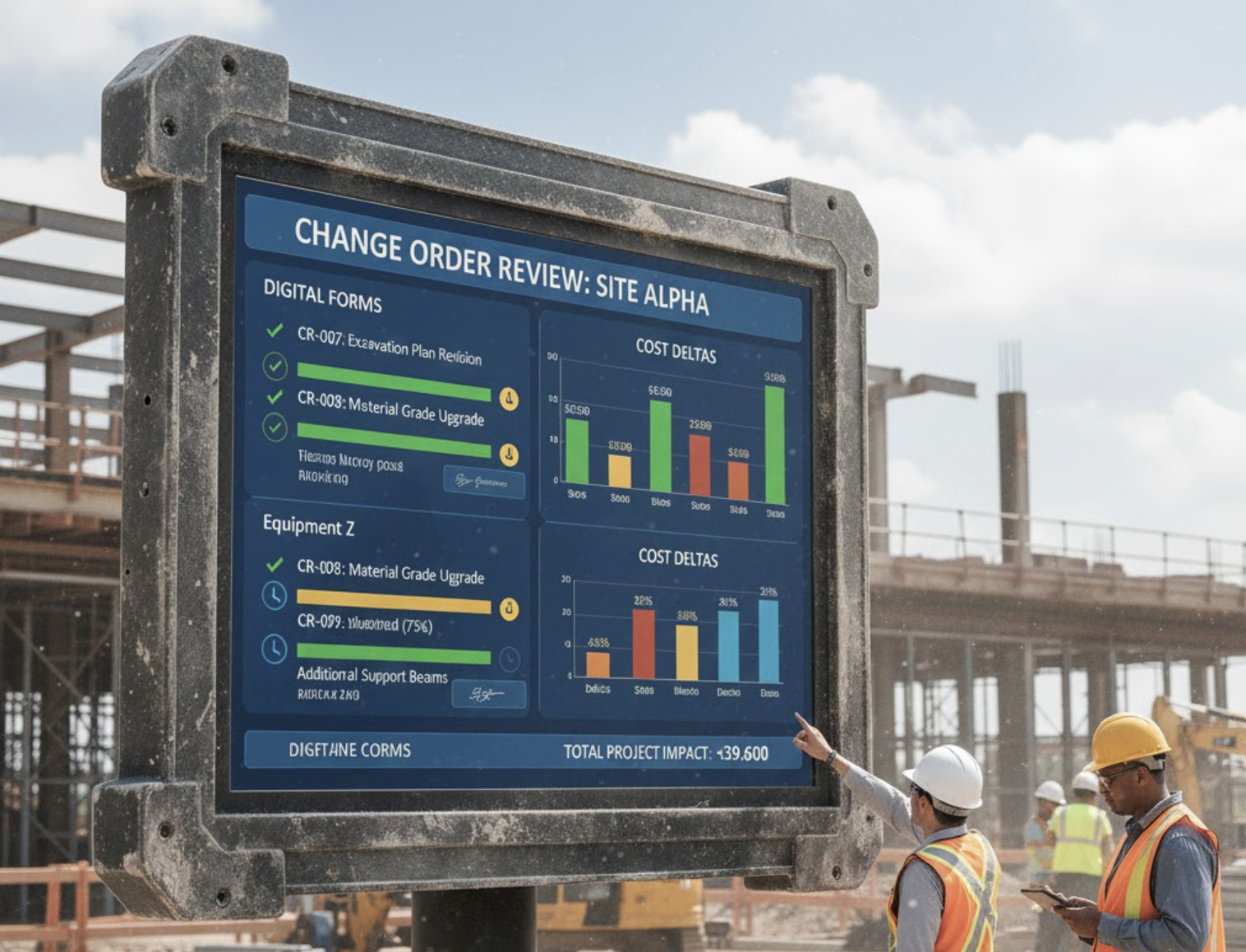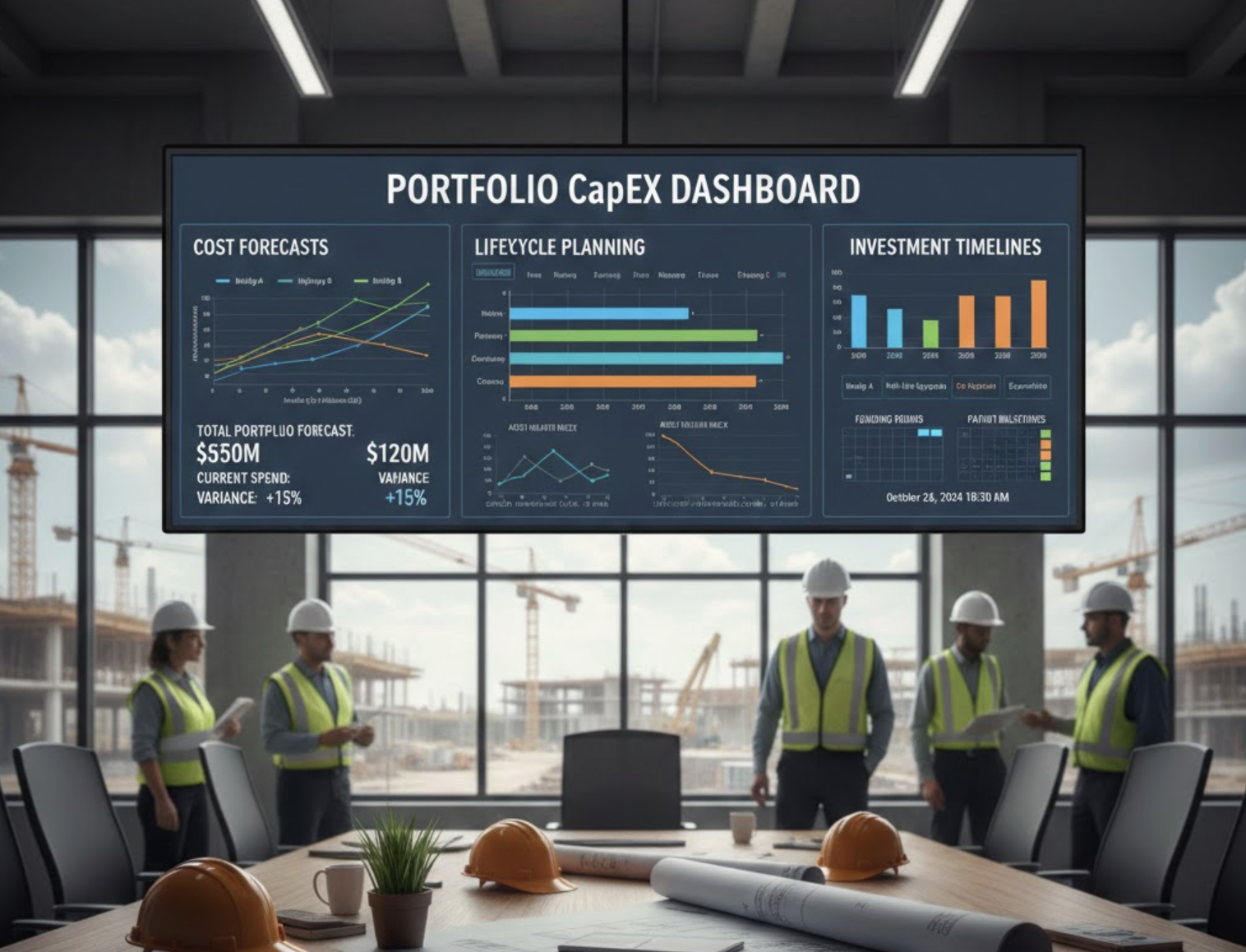Why Middle East Projects Need Multilingual Jobsite Tools
The construction industry in the Middle East is characterized by its diverse workforce, where effective communication is essential for project success. With the high reliance on multilingual jobsite tools, construction project management software offers a solution to overcome language barriers, enhance safety, and improve overall productivity.
Diverse Workforce & Multicultural Environment
The Middle East construction sector comprises a varied lineup of workers, with significant populations from South Asia—including India, Nepal, and Bangladesh—who communicate in languages such as Hindi, Urdu, and Bengali. This multicultural environment creates a pressing need for multilingual jobsite management tools that facilitate communication. While Arabic and English are predominant languages, interpreting instructions or documents can pose challenges, particularly since over 70% of the on-site labor in major GCC projects originates from South Asia.
Communication Barriers Affect Project Outcomes
Miscommunication remains a prevalent issue leading to delays, errors, and disputes on Middle Eastern job sites. For instance, misunderstood instructions or misinterpreted safety protocols can result in accidents, ultimately hindering project progress. Elevated claims and scheduling overruns are frequent occurrences, often linked to these communication gaps. By utilizing multilingual jobsite tools, construction companies can foster clearer communication pathways, effectively reducing the risks associated with language misunderstandings.
Regulatory & Digital Transformation Mandates
Amidst the region’s push for digital transformation in construction, there are increasing demands from governments for clear and inclusive communication standards throughout projects. As local authorities enact policies focusing on transparency and accessibility, providing documentation that caters to a variety of languages becomes critical. Companies that adopt multilingual communication protocols can adhere to these regulations while enhancing collaboration across diverse project teams.
Major Benefits of Multilingual Jobsite Tools
Here are the major advantages of implementing multilingual jobsite tools:
- Enhanced Collaboration: Multilingual tools promote real-time communication across diverse teams, helping to diminish discrepancies and costly errors while maximizing the efficacy of advanced digital solutions such as BIM and document management systems.
- Improved Safety & Compliance: With safety protocols and instructions translated into workers’ languages, these tools help mitigate accidents and ensure regulatory compliance, thus cultivating a safer work environment.
- Higher Productivity & Efficiency: Reducing misinterpretations leads to fewer reworks and accelerates project delivery, minimizing disputes related to scope and processes.
- Stakeholder Satisfaction: Clear communication fosters trust and engages all stakeholders, including clients who may prefer to converse in different languages.
Use Cases
Utilizing multilingual jobsite tools presents various opportunities. For instance, incorporating effective document management systems allows access to all project documents, including RFIs and drawings, in multiple languages. Similarly, onsite communications—such as task assignments or progress updates—can be disseminated in preferred languages through mobile platforms or digital signage.
This inclusivity also extends to regulatory compliance, where multilingual reporting and documentation cater to government mandates for transparency and inclusivity.
Best Practices
To effectively implement multilingual jobsite tools, organizations should consider the following best practices:
- Assess Workforce Language Needs: Identify the primary languages spoken on projects, customizing jobsite tools accordingly to facilitate better communication and understanding.
- Leverage Technology Integration: Adopt platforms that interface with project management, BIM, and HR systems ensuring an efficient multilingual data flow.
- Continuous Training: Provide language-neutral training resources, using visual or audio aids to support users in navigating new digital tools.
Emerging Innovations
The integration of AI-powered tools marks a significant advancement in multilingual communication. Cloud-based applications equipped with AI capabilities enable real-time translation of documents and verbal instructions on construction sites. These platforms are designed to support various literacy levels by offering voice and text solutions, enhancing efficacy in communication.
How Zepth Supports Multilingual Construction Management
Zepth’s innovative construction management platform features robust multilingual support. This framework allows all critical project data to be accessed in various languages, significantly enhancing project transparency and stakeholder engagement. Zepth’s comprehensive offerings include:
- Multilingual document registers, task management, and safety modules that ensure clear communication throughout the project lifecycle.
- Configurations enabling organizations to customize workflows and notifications based on team language preferences, promoting inclusivity and minimizing misunderstandings.
Ultimately, construction companies in the Middle East that leverage multilingual jobsite tools stand to reap substantial benefits, ranging from improved safety and compliance to enhanced stakeholder satisfaction. Adopting these practices not only drives project success but also aligns with the evolving digital transformation mandates within the industry.
By partnering with Zepth’s tools designed for streamlined construction management, stakeholders can ensure a clear, efficient, and inclusive communication path on every project they undertake.




